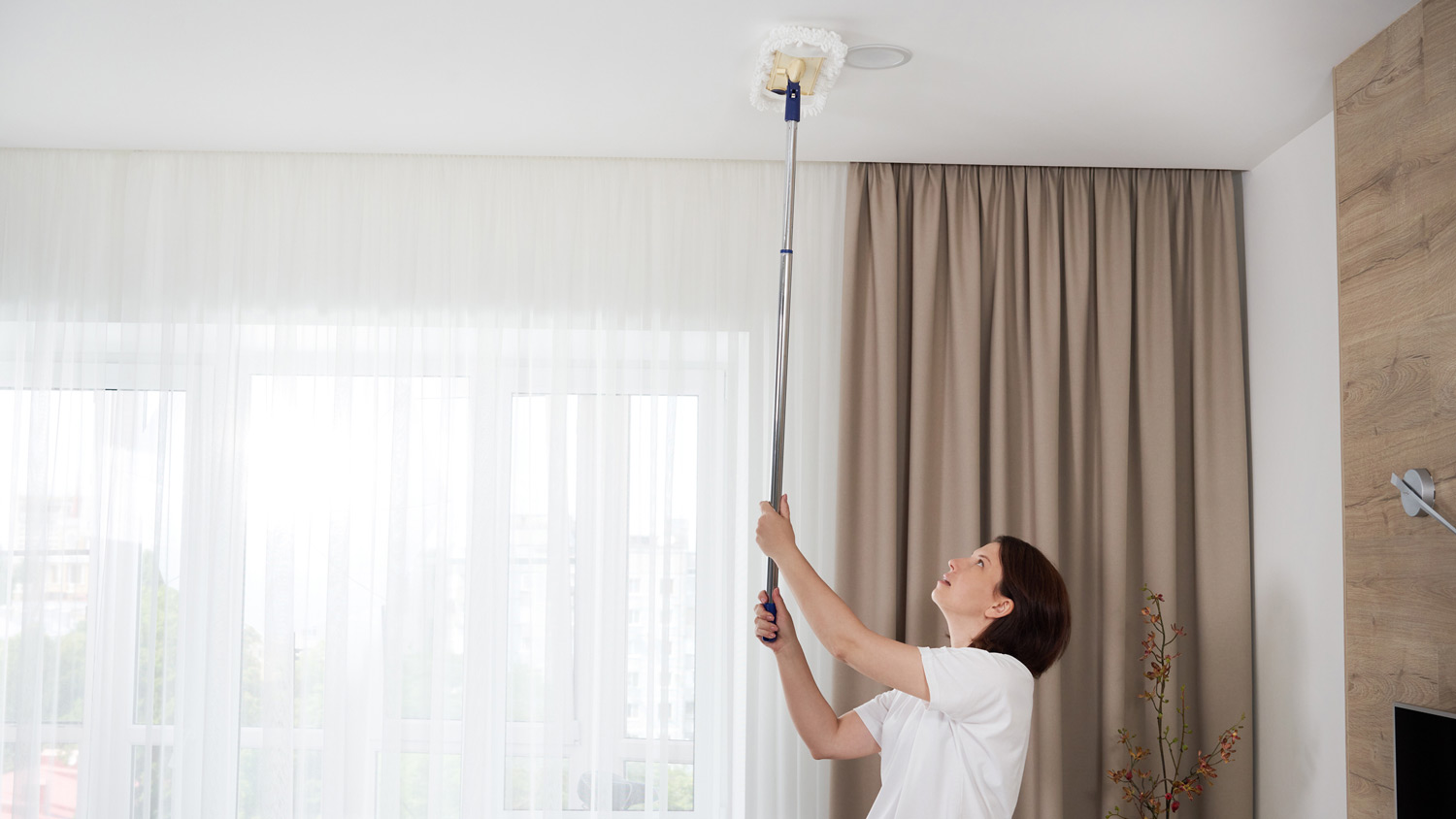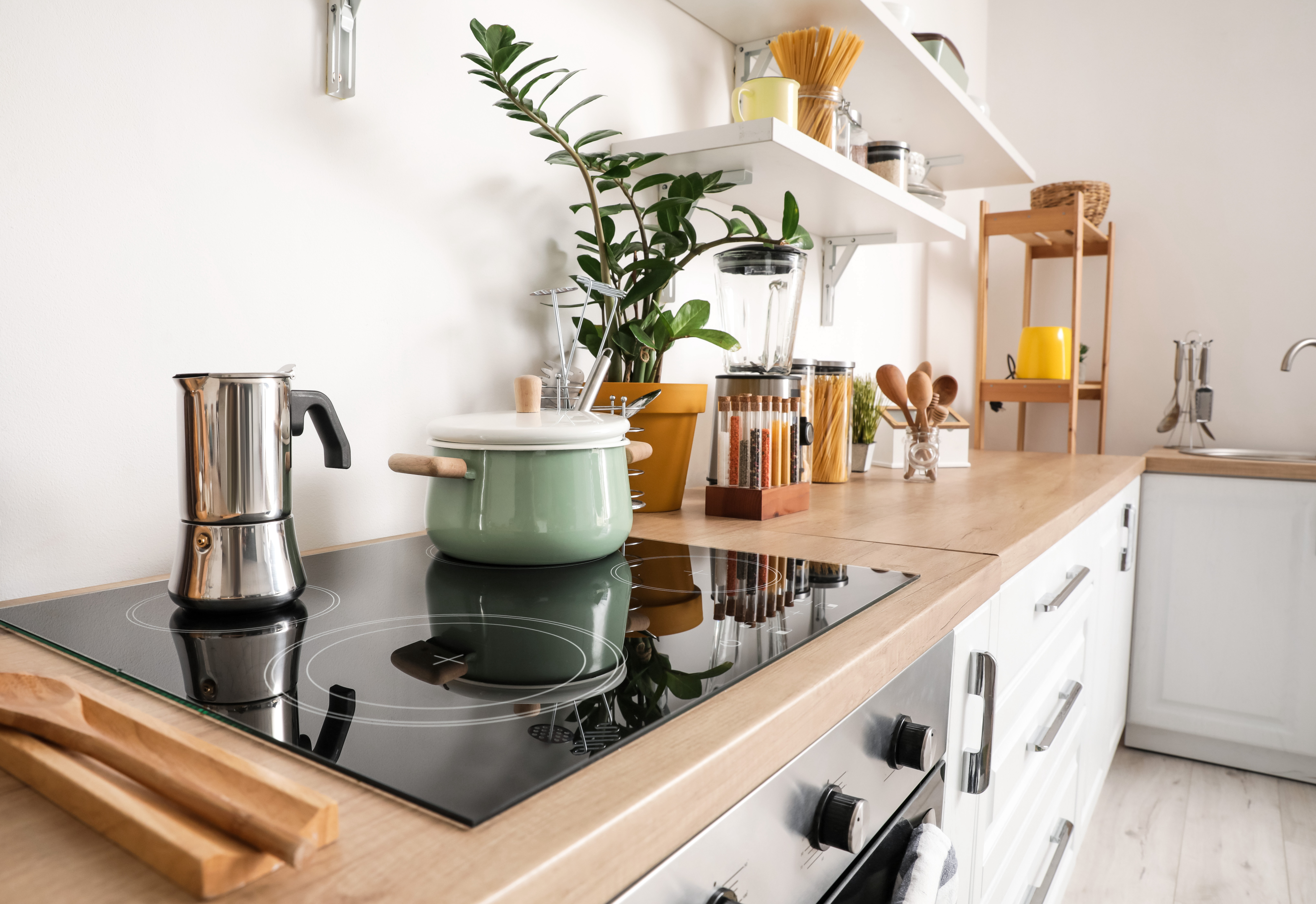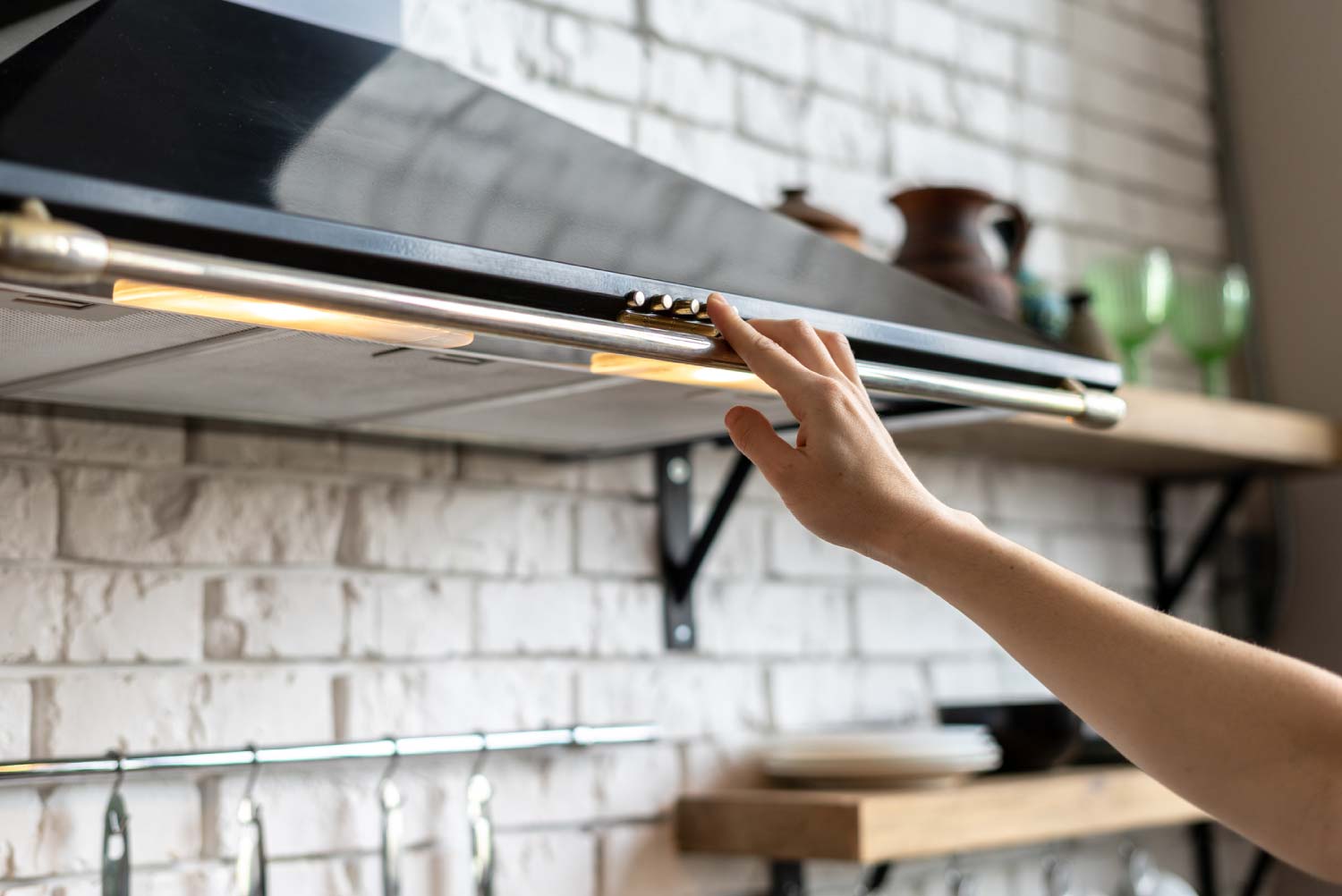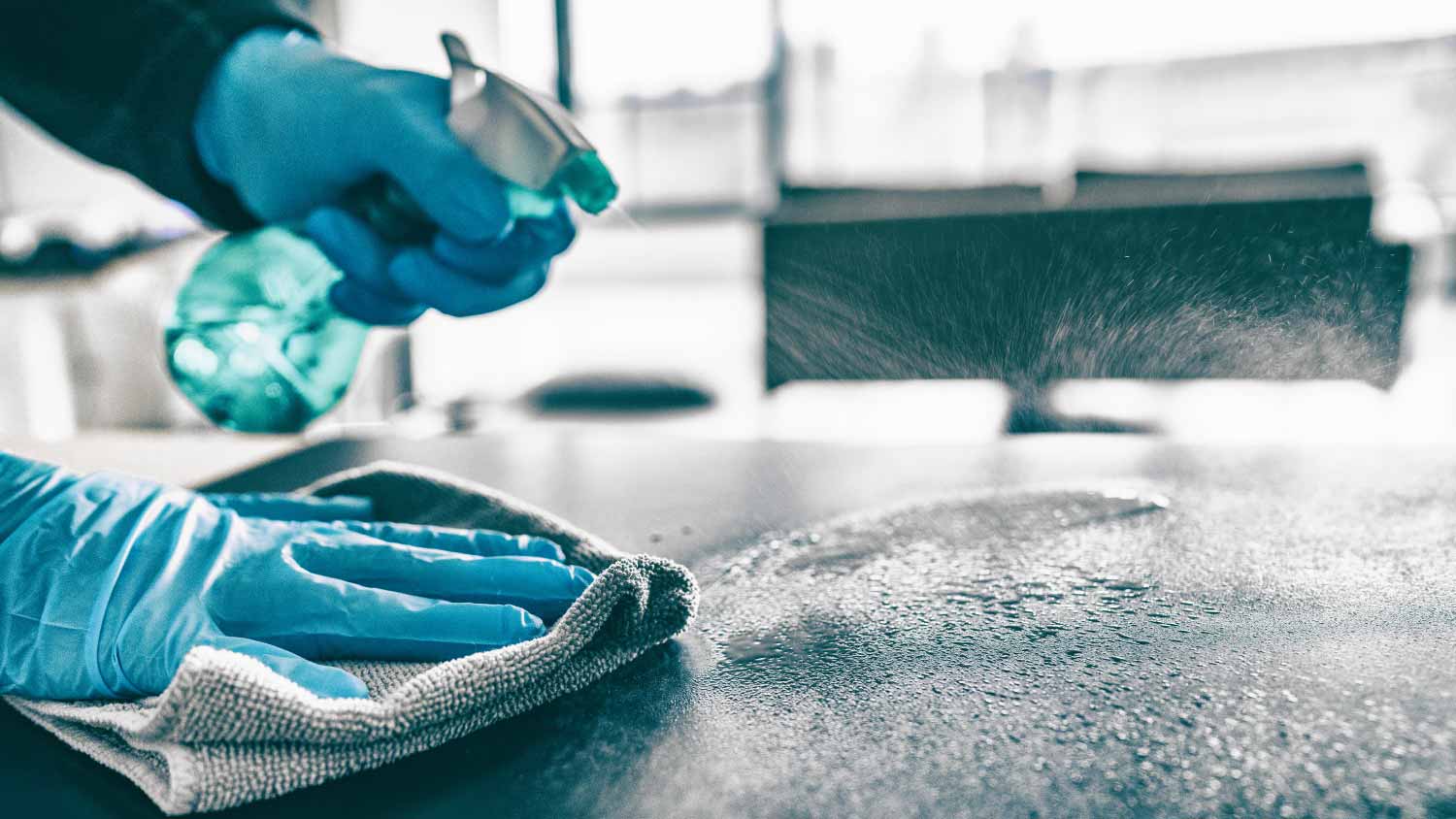
Discover the average acoustic ceiling cleaning cost, what affects pricing, and how to save. Get expert tips to budget for your acoustic ceiling cleaning project.
Burn rings don’t stand a chance


One of the advantages to having a glass-ceramic electric stovetop is that it is typically easier to wipe down than a gas or electric-coil stove. But these stovetops can be delicate, and you may end up damaging them unintentionally while cleaning them. That’s why you need to know how to clean a glass stovetop properly when working through your kitchen cleaning checklist. Here’s what to do the next time a pot bubbles over, hot oil jumps over a frying pan, or a pot scorches a burn ring onto the stovetop.

Before you begin, check the care instructions from your appliance’s manufacturer. This is the best way to ensure you clean your glass cooktop properly. What’s more, using the wrong cleaning product may cause enough damage to void your stove’s warranty, so it’s important to check first.
If you can’t find that information or your warranty no longer exists, you can always use Bar Keepers Friend. This popular store-bought cleaning product cleans stubborn grime without scratching glass surfaces.
Once you figure out what cleaning product to use, here are the basics for cleaning glass top stoves.
Abrasive cleaning supplies like baking soda, steel wool, and nylon-coated sponges can permanently scratch surfaces. If you need a deep clean, a cleaning pro will have the right supplies to get your space sparkling and avoid damage.
Allow your stove and glass cooking surface to cool completely before you clean, otherwise your cleaner may burn onto the glass.

Lightly wet a paper towel with water and do a preliminary wipe down on the glass to pick up any loose food particles.
Squirt some of your chosen cleaner over grease spots and any burned areas. Allow the cleaner to sit for a few minutes for especially stubborn stains.
If you’re unsure of what cleaner to use, you can consider using baking soda—especially if you already have some in your cupboard. Simply mix three to four tablespoons of baking soda with enough water to make a paste. Then spread the paste over any problem areas, cover it with a hot, damp rag, and let it sit for a few minutes before wiping the paste away with the rag until it is removed.
Some cleaners, like Bar Keepers Friend, need to be applied to a damp surface first and then rinsed thoroughly within a minute of application, so make sure you read the instructions on the bottle when approaching how to clean stove burners.

While the cleaner sits, use the edge of a spoon or a single-edge razor held at a 45-degree angle to GENTLY scrape off burnt food. This will help lubricate the surface while you dislodge the stuck food particles. Do not hold the razor flat while scraping or the razor may scratch the glass.
Use a damp sponge or microfiber cloth to wipe off the cleaner. Make sure you use light pressure because too much elbow grease can actually crack the glass. Avoid using the abrasive scrubbing side of the sponge or you may inadvertently leave scratches. Allow the stovetop to dry before using the burners again.
To help maintain your glass top stove, follow these cleaning tips:
Glass stovetops should be cleaned daily because even small splatters and drips tend to stick out on the smooth surfaces.
For daily cleaning, mist on some white vinegar and wipe away spills with a soft, damp cloth.
Clean up spills immediately, especially sugary substances and tomato sauces. When left too long, these can cool and bind to the glass. They also can stain cooktops yellow.
Check the bottom of your pots and pans for food particles and grease build-up before you cook with them, otherwise you may leave rings on the stove.
Don’t place used spoons or spatulas on a warm cooktop while you cook or you may burn food onto the stove.
To avoid damaging your glass stovetop while cleaning it, here’s what to avoid:
Glass cleaner such as Windex—the ammonia in these products can damage the stovetop.
Scrub brushes and scouring pads—these are too abrasive and will leave scratches. Only use a soft sponge, microfiber cloth, or soft rag to clean your stove.
Cleaning a glass stovetop is a very DIYable task. It’s easy, doesn’t take much time, and is cost efficient. Of course if you don’t have any time to spare or food is caked on, you could. The caveat is that most professional house cleaners likely won’t offer professional services for one specific item, so it will be factored into the house cleaning cost for your whole home or a part of it, like the kitchen.
The benefit of hiring a cleaning service is you can have them run through your entire kitchen cleaning checklist, including wiping down countertops and cleaning the floors.
From average costs to expert advice, get all the answers you need to get your job done.

Discover the average acoustic ceiling cleaning cost, what affects pricing, and how to save. Get expert tips to budget for your acoustic ceiling cleaning project.

Mattress cleaning cost depends on the number of mattresses being cleaned and the size of each. Use this guide to better understand mattress cleaning prices.

Discover the average kitchen hood cleaning cost, what impacts pricing, and how to budget for this essential maintenance. Get tips to save and keep your kitchen safe.

Discover simple baseboard cleaning tips to remove dust, grime, and scuffs. Learn when to DIY and when to call in a pro for deeper home cleaning.

Learn how to remove mold from under silicone caulk with our expert guide. These safe, effective methods will keep your home clean and mold-free.

Find out the average commercial cleaning cost, what factors impact pricing, and how to save—empowering you to make informed decisions for your business.